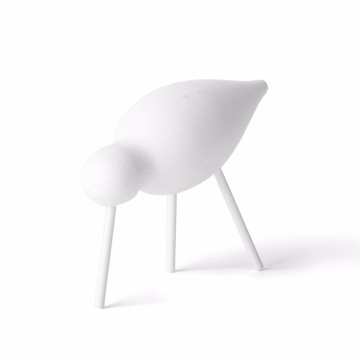Katsudon: Japan’s Comforting Pork Cutlet Bowl
Katsudon (カツ丼) is a comforting Japanese culinary specialty, and it’s more than just a simple bowl of rice and pork cutlet. The dish is a harmonious blend of textures and flavors, and its preparation requires precise technique, making it a perfect example of Japanese home-cooked cuisine.
Ingredients and Preparation
- Tonkatsu (Fried Pork Cutlet): The base of katsudon is tonkatsu (豚カツ), a breaded and deep-fried pork cutlet. Typically, a boneless pork loin or pork fillet is used. The cutlet is coated in flour, then dipped into beaten egg, and finally covered in panko (Japanese breadcrumbs), which gives it a light, crispy exterior when fried. The process of breading and frying the pork is known as panéing and deep-frying (or frying in oil at a high temperature), a key technique in achieving the right texture.
- Simmering Sauce (Katsu Sauce/Donburi Sauce):
The pork cutlet is simmered in a sauce made from dashi (Japanese stock), soy sauce, mirin (sweet rice wine), and sugar, which imparts a rich umami flavor and a slight sweetness. The use of dashi is central to many Japanese dishes, as it serves as the backbone of flavor, contributing a savory umami profile. The sauce is typically made by combining these ingredients in a skillet, then bringing them to a simmer.
- Egg:
Once the cutlet is simmering in the sauce, beaten eggs are poured over the top. The eggs are lightly cooked by the residual heat of the simmering sauce, creating a custard-like texture that’s soft and silky, contrasting with the crispiness of the tonkatsu. The process of gently cooking the eggs in the sauce, as opposed to fully scrambling them, is an important technique that ensures the eggs remain tender and creamy, creating the signature texture of katsudon.
- Rice:
The tonkatsu and egg are placed over a bed of steamed white rice, which serves as the base of the dish. The rice should be slightly sticky (from short-grain Japanese rice), providing a contrasting softness and subtle sweetness against the rich sauce and crispy pork. This sushi rice or shari (しゃり) has a slight tackiness, making it perfect for holding up the sauce without becoming too soggy.
Assembly:
Once the pork cutlet has absorbed some of the sauce and the eggs are gently cooked, the dish is assembled by placing the tonkatsu on top of the steamed rice, and the egg and sauce are ladled over it. The result is a satisfying bowl with layers of flavor: the crunch of the breaded pork, the umami from the dashi-based sauce, the rich, smooth texture of the egg, and the comforting softness of the rice.
Culinary Terms in Katsudon:
- Umami: One of the five basic tastes (along with sweet, salty, bitter, and sour), umami refers to the savory depth found in ingredients like dashi, soy sauce, and mirin. These ingredients contribute to the overall richness of katsudon.
- Panéing: The process of coating food (like the pork cutlet) with a breadcrumb mixture before frying. Panko, or Japanese breadcrumbs, give the tonkatsu its signature light, airy, and crispy crust."
- Simmering: A technique where food is cooked gently in liquid at a low temperature, allowing the ingredients to absorb the flavors of the sauce. In katsudon, the tonkatsu is simmered in the sauce to allow the flavors to meld together before the egg is added.
- Dashi: A Japanese stock typically made from kombu (seaweed) and bonito flakes (dried fish), which adds a savory, umami-rich base to the katsudon sauce. It’s a key building block in many Japanese dishes.
- Mirin: A sweet rice wine that brings a delicate sweetness and complexity to the sauce, balancing the saltiness of soy sauce and the savoriness of dashi.
Cultural Significance:
In Japan, katsudon is often associated with good luck, especially before important exams or events. The word katsu (勝つ) sounds like the Japanese word for "victory," so it's thought that eating katsudon before a big challenge will help ensure success. This is why katsudon is a popular meal among students before exams or athletes before competitions.
Katsudon also embodies the Japanese culinary philosophy of balance, where contrasting textures and flavors come together in a harmonious way: the crispiness of the tonkatsu, the tenderness of the egg, the savory depth of the sauce, and the softness of the rice all create a comforting and satisfying dish.
Variations:
Though the classic version is made with pork, there are several regional and personal variations:
- Chicken Katsudon: A variation where chicken is used in place of pork.
- Vegetarian Katsudon: Instead of pork, tofu or vegetables can be used for a meat-free option.
- Katsudon with vegetables: Some versions include vegetables in the sauce or as toppings, like onions, shiitake mushrooms, or green onions.
In any variation, the key to a great katsudon is in the balance of textures and the depth of flavor, making it a warm, comforting dish that’s a true representation of Japanese cuisine.
Would you like a step-by-step guide on how to make it yourself, or are you more curious about variations from other regions of Japan?




